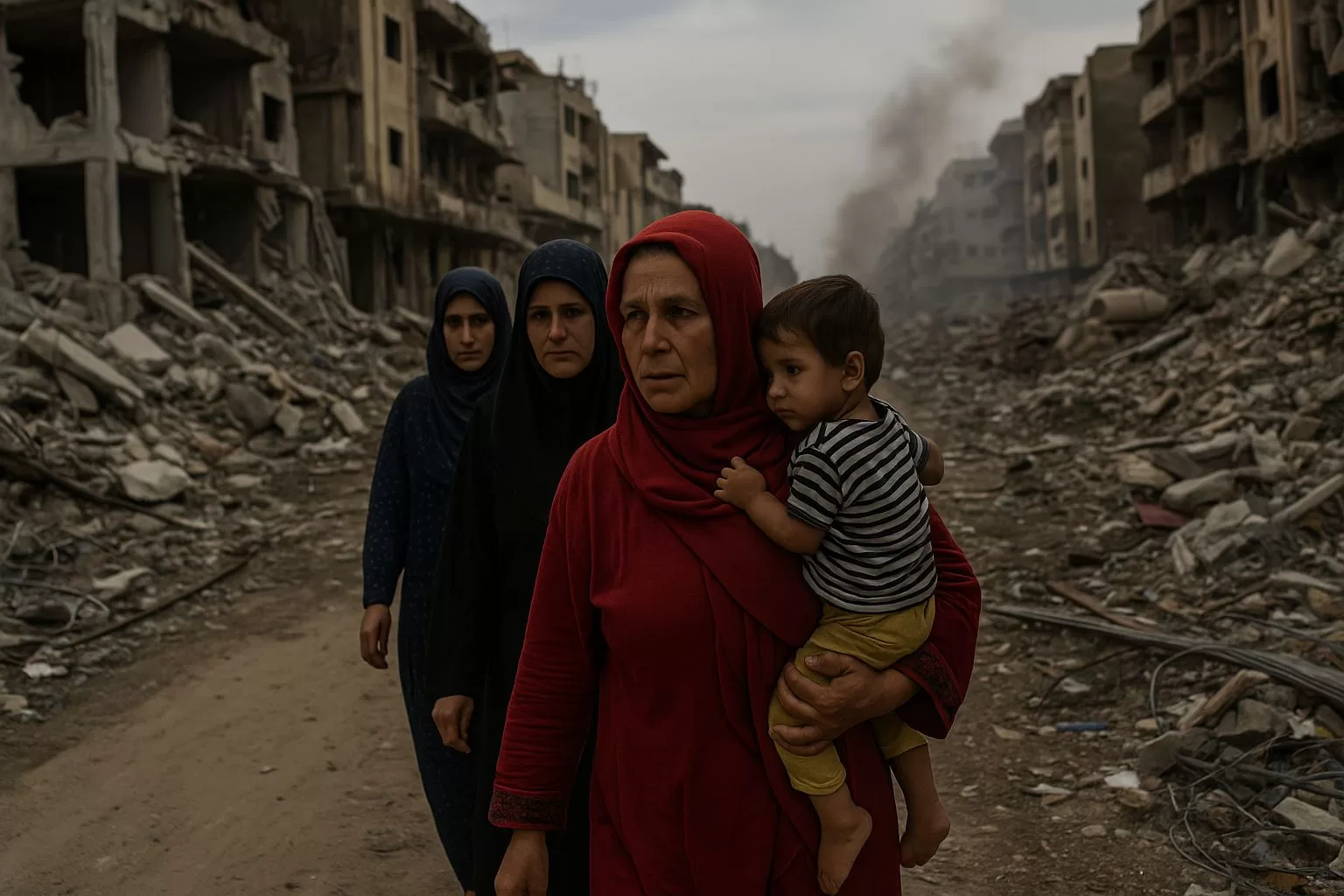
NEW YORK, September 22 (WSH) —A record 676 million women – nearly 17 percent of the global female population – lived within 50 kilometres of deadly conflict in 2024, according to a new study from the Peace Research Institute Oslo (PRIO). This is the highest figure since the Cold War, more than double the exposure levels recorded in 1990.
“Conflict doesn’t just happen on the battlefield – it reaches into women’s homes, schools and workplaces, disrupting the very foundations of their lives,” said PRIO Research Director Siri Aas Rustad, who authored the report.
Women at risk
The study found that 245 million women lived in areas where at least 25 people were killed in conflict, while 113 million were in zones with more than 100 deaths. Bangladesh recorded the highest absolute number, with nearly 75 million women exposed during protests that culminated in the ousting of former Prime Minister Sheikh Hasina.
In Syria, Lebanon, Israel and Palestine, nearly all women were affected. In Lebanon, 100 percent of the female population lived within 50 kilometres of high-intensity conflict, while in the Palestinian territories 80 percent of women lived near zones with more than 100 deaths.
Lasting impact
Exposure to conflict carries long-term consequences. The report links proximity to violence with higher maternal mortality, increased risks of gender-based violence, reduced access to education for girls, and widening employment gaps. These impacts weaken women’s wellbeing and economic prospects, and countries with high female exposure consistently scored lower on the UN Human Development Index.
“While some women may find new roles in times of crisis, these opportunities are fragile. The hard truth is that war widens gender inequalities and leaves women at greater risk,” Rustad said.
Regional variation
In Nigeria, women in Borno State continue to face extreme violence from Boko Haram and Islamic State-linked groups, while women in the South-South region are increasingly affected by separatist tensions. Across the Middle East, women in Syria, Lebanon and Palestine endure the heaviest burdens of high-intensity conflict.
The full report, Women Exposed to Armed Conflict, 1990–2024, combines data from the Uppsala Conflict Data Program with global population statistics. PRIO warns that protracted crises, coupled with cuts in international aid, risk further eroding social and economic stability for women worldwide.




